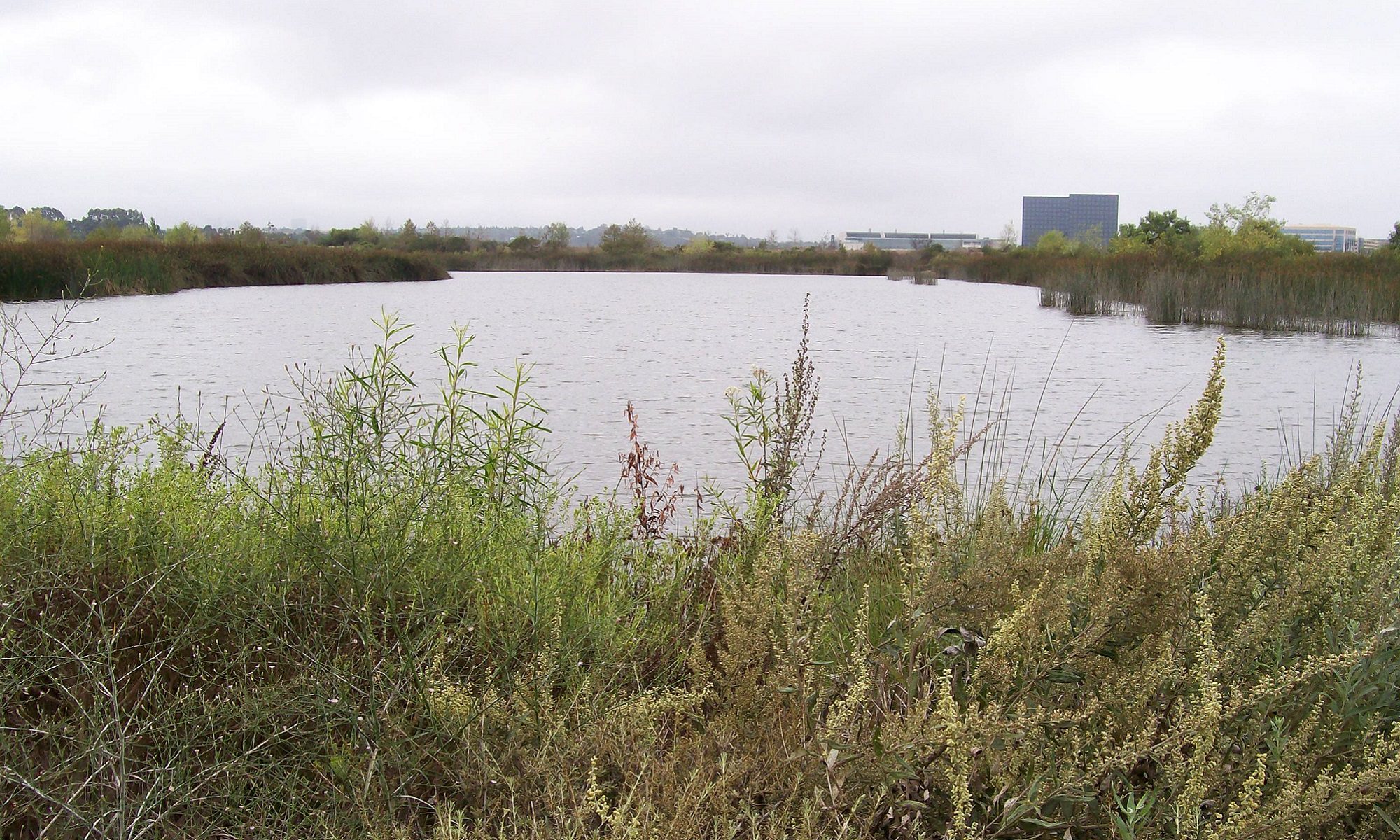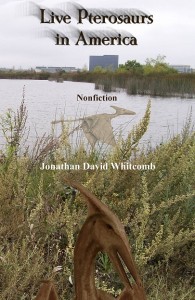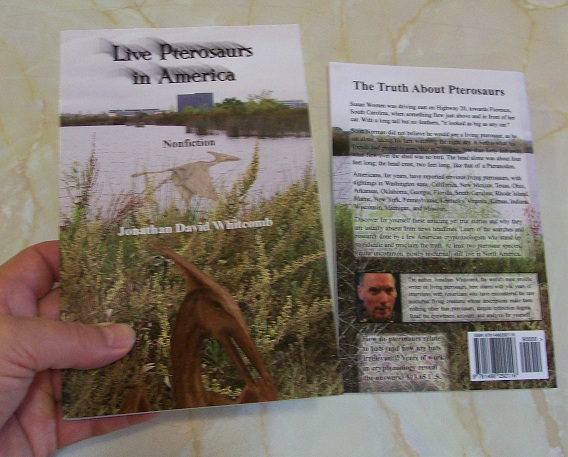How are a British insect expert and strange flying lights in New Guinea related to reports of modern living pterosaurs in the United States? That requires a detailed explanation, but they do relate.
Bioluminescence is light produced by living organisms such as fireflies, some fungi, and some oceanic life (especially marine life deep in the oceans). According to many natives in Papua New Guinea, some flying creatures glow as they fly at night. Daylight descriptions strongly suggest modern pterosaurs live in Papua New Guinea, and some native eyewitnesses have observed the glowing flying creatures close enough to see the form (Jonah Jim and Jonathan Ragu of Umboi Island), comparing it to a silhouette sketch of a Sordes Pilosus (Rhamphornynchoid pterosaur).
The point? Evelyn Cheesman, a British entomologist, long ago observed strange flying lights deep in the mainland of what is now the nation of Papua New Guinea; just south of that location, in 2006, Paul Nation, of Texas, observed similar lights (called by the local natives “indava”). When native eyewitnesses observe the indavas in daylight, they see large winged-creatures; one native described the size in terms of an airplane (near Tawa Village is an airstrip for small planes). But strange flying lights are hardly confined to Papua New Guinea. Stories of American ghost lights abound in many areas, and in Marfa, Texas, the behavior of strange lights suggests nocturnal flying predators are hunting bats. In the United States, sightings of strange flying lights and rare daylight sightings of obvious pterosaurs are in the same general areas. As rare and strange as they may be, it seems that nocturnal pterosaurs hunt bats at night, even in the United States of America.
Saving an endangered salamander in Mexico




